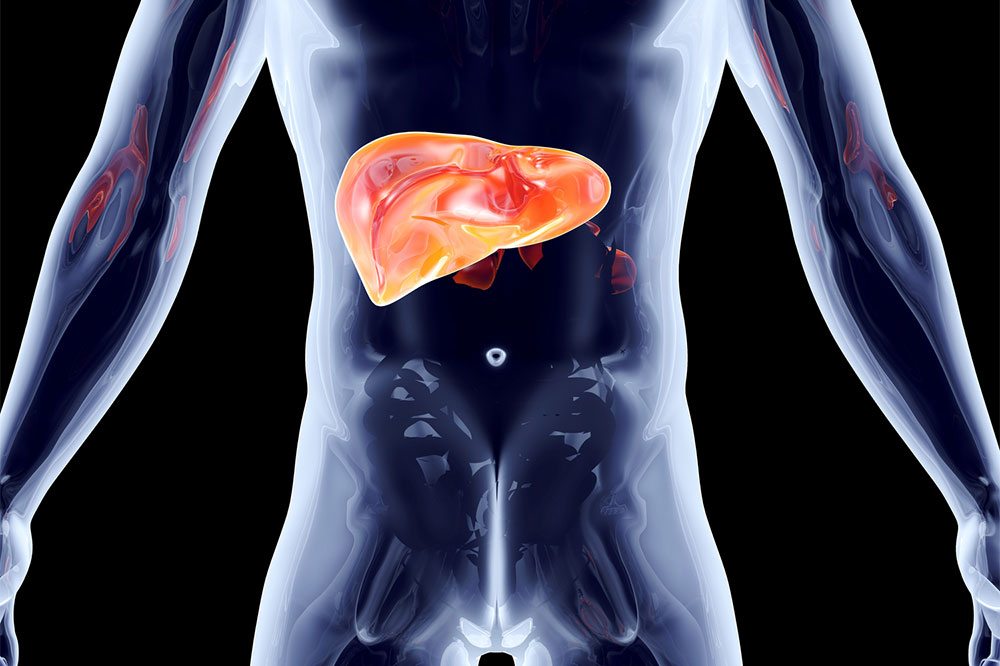Understanding the different aspects of a flu outbreak

Flu or influenza is a contagious respiratory illness caused by the influenza virus. It can result in mild to severe illness and health complications. A severe flu infection can result in hospitalization and can even prove to be fatal, especially in young children, older people aged above 65, and people with underlying health conditions. There are two main types of flu viruses: Type A and Type B virus. The illness can be periodical and result in seasonal flu epidemics each year.
The cold, flu, and its symptoms such as cough is caused due to the type of the viruses mentioned above. Influenza may not always be considered by most people as a serious illness, its symptoms comprising a runny nose, headaches, cough, and muscle pain can be confused with those of a heavy cold. Yet reports suggest that seasonal influenza can claim up to 650,000 lives every year. That is why influenza vaccinations are important because they protect people, especially those in at-risk categories, such as young children, the elderly, pregnant women, and people with vulnerable immune systems or underlying health conditions.
What most of us call “the flu” is essentially seasonal influenza because it comes around in the coldest season twice a year, once in the Northern hemisphere’s winter, and once in the Southern hemisphere’s winter in temperate zones of the world. The flu circulates year-round in the tropics and subtropics, which makes it more contagious.
The worst part about the influenza virus is that it constantly mutates, enabling it to evade the mechanisms of our immune systems. The virus learns from the responses of the human body and creates a suitable defensive mechanism to survive the attack by the immune system. When a new virus emerges, it can easily infect people and spread due to its contagiousness. Very little to no immunity to a new strain can lead to a simple outbreak becoming an epidemic or a pandemic within no time. Many health experts believe that more than one virus strain of the influenza virus can cause a pandemic. But the certainty of this happening cannot be known, which makes the outbreak more dangerous. This is because the nature of the strain cannot be gauged or how severe the infection will be. This uncertainty makes influenza very different to many other pathogens.
2018 has already marked the 100th anniversary of one of the most globally catastrophic public health crises in modern history — the 1918 influenza pandemic, also known as “Spanish flu.” Looking at the past epidemics and pandemics, it is crucial to focus on the lessons learnt and dedicate energy towards as many preventive measures as possible, alongside boosting the immunity, to avoid maximum casualties.







